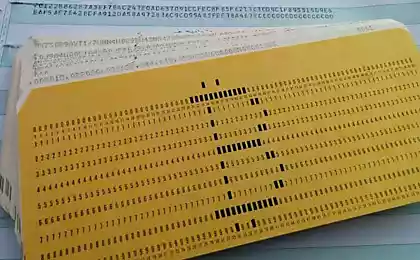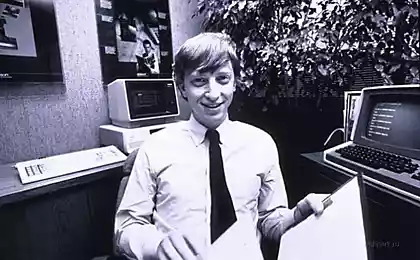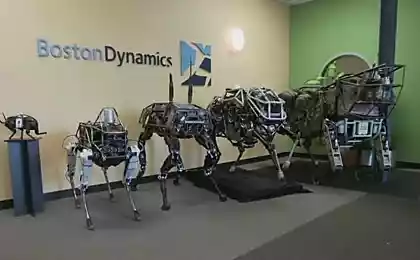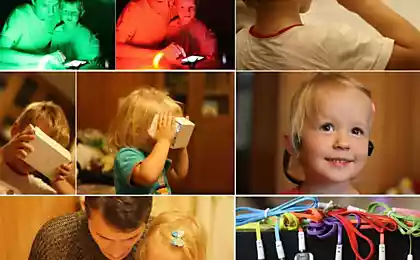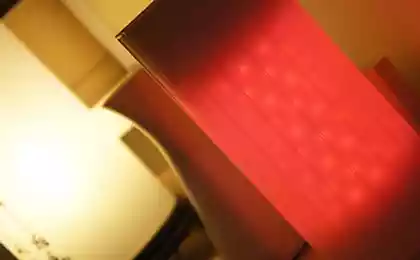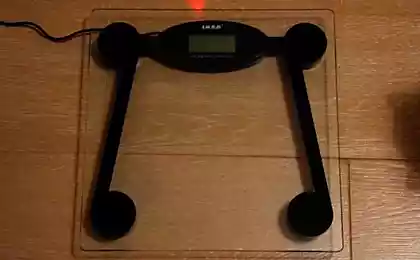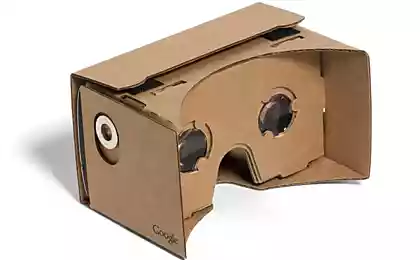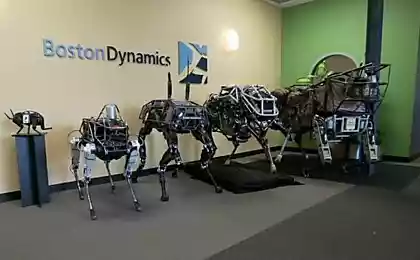Technology, change the order of things

Robots in the form of large dogs, balloons with LTE-bond, floating in the stratosphere, 3D-printers producing living cells, and a machine that transforms your sewage into drinking water - that's all innovation, but not those who have come through 20 years.
On the contrary, it all exists today and is already having an impact on science, medicine and technology.
Only the dog-robot-ball or Internet can do for the world?
Today let's talk about how scientists and engineers have come up with these four incredible technology and why they believe that these innovations will help millions of people to live better and lead healthier lives.
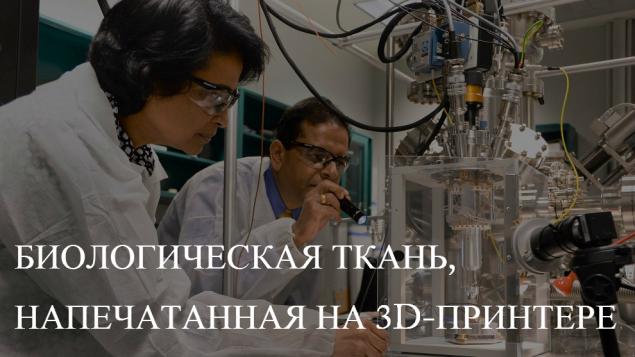
What is the most useful object can create 3D-printer ? Guitar? Maybe a pair of shoes?
How about the biological tissue or blood vessels, which may lead to artificial organs and body parts cybernetic?
While earlier 3D-printers used mainly plastic and metal alloys, researchers today mix and match different materials, some of which - alive.
Last year, for example, Jennifer A. Lewis, a materialist scientist at Harvard University, published a biological tissue with a vascular net, which helps to keep the cells alive once they exit the printer.
To do this, Lewis and her research team have developed a printer that can accurately reproduce the structure of the components of the size of one micrometer, according to MIT Technology Review .
All the inks used in the laboratory Lewis designed so that maintain their properties before, during and after the printing process, where they are subjected to various pressures and the influence of living and non-living materials.
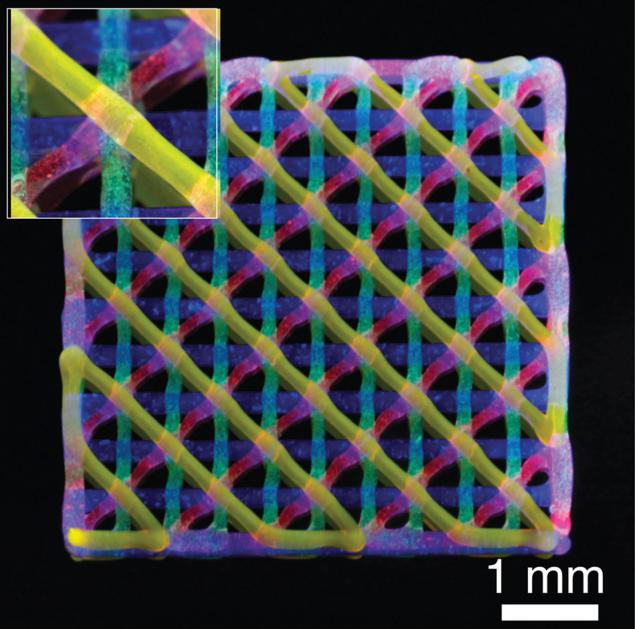
This fluorescent image shows a four lattice printed by sequentially applying the four-color PDMS, each of which is painted other fluorophore em>
Scientists are still far from being able to print the living body, but the team's ability to print a Lewis complex tissue with healthy vascular system - a vital stage in the process.
In the end, the medical community hopes that printed fabric can accelerate biological testing of medicines (now it may take decades) and will provide an opportunity to replace damaged organs.
«Having the ability to directly print functional fabric, you can get a much more thorough approach to the pharmaceutical drug screening, as well as tissue engineering," - said Lewis C & EN.
Blockquote>
Scientists from Princeton University published an ear made of electronic components and the biological tissue, while their colleagues from the University of Cambridge published retinal cells. The researchers hope that the technology will eventually lead to a breakthrough in medicine.
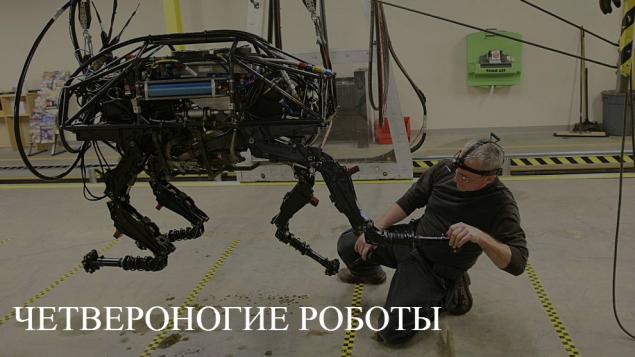
Many of us know that the current robots can perform a variety of mundane tasks such as laundry, guest service in hotels and filling shelves in warehouses.
Most of us do not yet know (and perhaps not yet ready to learn) that scientists and engineers create advanced robots so that they are able to perform tasks that we can not or do not dare to commit because of the physical risk.
Do not worry, these robots are not to destroy the people and make us redundant. They are designed to help us.
Such is the Spot by Boston Dynamics - 160-pound four-legged robot that looks like dog. However, he will not doze off next, and asks him to scratch his belly.
Instead Spot robots can be used in search and rescue or disaster relief due to their hydraulic legs, head and sensor self-correcting balance that allows them to recover from missteps and overcome obstacles.
The old design of robots on wheels could not move over uneven surfaces, so even more interesting to see how Spot runs on flat areas and hilly and quickly recovering from some good-natured kicks from observers of the Board of Directors.
The future is not difficult to imagine how such robots Spot finding lost travelers on difficult roads or to assist in the disposal of hazardous materials.
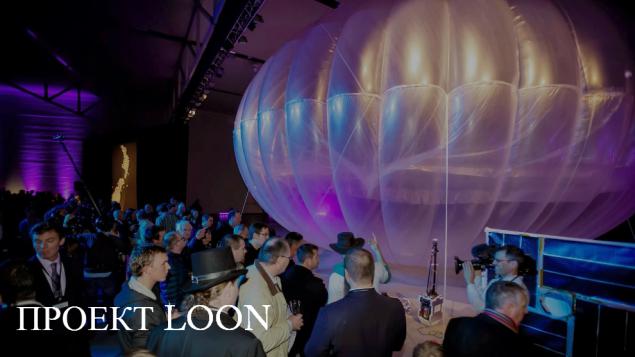
Worldwide, 4, 3 billion people do not have a reliable Internet connection.
What if relatively inexpensive balloons allowed to provide Internet access to more people living in remote areas?
This project, on which Google engineers are working with 2012, when the company launched over California test balloons, equipped with the technology.
Since then it was developed more advanced balls that crossed the entire world. Воздушные Balls Loon cheaper to manufacture and operate than satellite systems.
To potentially give billions of people access to the Internet, Google has developed a fleet of balloons with electronics inside, which is powered by solar panels.
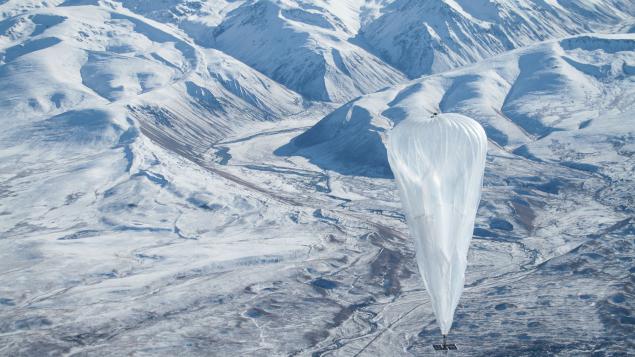
Each ball covers 40 km and is able to catch the Internet signal from the ground and pass it to remote users em>
Flying 20 kilometers above the stratosphere, which is much higher than the altitude of commercial aircraft, balloons Loon connected via radio to the existing telecommunications networks to provide high-speed Internet (ensures stable communication at a distance up to 40 km) devices, which may be beyond the reach of the signal.
Google has created algorithms that compute where to place their balloons in the stratosphere, so that they can move with the help of the wind. Engineers can track planes using GPS.
Balls Loon already used by large communications providers in Brazil, New Zealand and Australia.
While the first balloons were in the air only a few days, today they are able to fly for more than 100 days and can circumnavigate the globe.
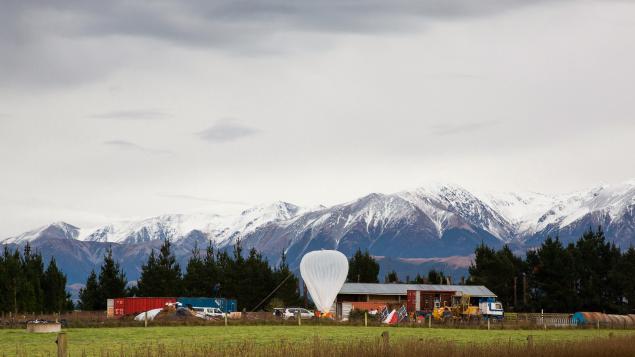
In the range outside the city of Christchurch, New Zealand. Em>

After leaving the position of CEO of Microsoft in 2000, Bill Gates gradually moved to a permanent activity in the field of charity and his wife, Melinda, founded the Foundation The Bill & Melinda Gates Foundation, which last year paid nearly $ 4 billion in the form of grants.
Gates-funded projects, as well as people, after which they are named in part, rarely are traditional.
Instead, they tend to be ingenious solutions vexing problems: for example, improved design for extended use of condoms; previously vaccinated cows that smell like people to attract mosquitoes; remote monitoring of the vaccine for the prevention of corruption.
New Project Gates - a machine that turns sewage into clean water. Em>
Omniprocessor - machine, which was designed and built by Janicki Bioenergy. Her job is to absorb and boiling mud, separation of water vapor from the solid particles, which are served at the fire and turn into steam, and that in turn feeds the CPU and provides excess electricity.
How to clean drinking water comes out of this technology giant?
Omniprocessor filters the water vapor created in the process of boiling, through a purification system that pumps clean drinking water.
Why not build a sewer? In the developing world, they are costly and energy inefficient.
Result - waste that is transported by truck to the oceans, burned with natural gas or sent to the water. Every year, almost 700 000 children die from diseases caused by poor sanitation.
Omniprocessor, which is currently undergoing a trial run in Senegal, in the end be able to cope with the waste of 100 000 people and turn them into 86,000 liters of clean drinking water and 25 kilowatts of clean electricity per day, the estimated Gates Foundation.

Omniprocessor can turn waste water into clean drinking water em>
Source: geektimes.ru/company/robohunter/blog/259604/








